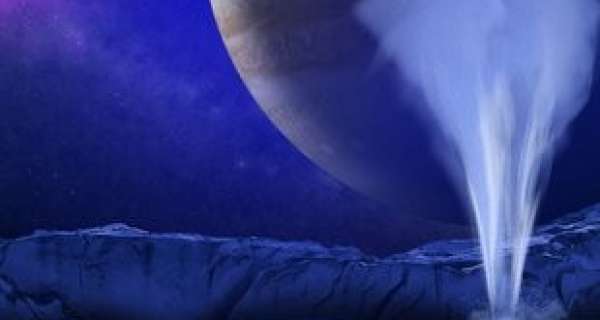Saturn’s largest moon, Titan, undergoes surprisingly intense rainstorms, as claimed by a team of scientists at the University of California, Los Angeles (UCLA). In fact, not only do these intense rainstorms happen, but they also occur fairly frequently, which was unforeseen by the UCLA team.
These rainstorms are events that occur less than once per Titan year, which is the equivalent of 29 and a half Earth days. Contradictory to the statement, UCLA associate professor of planetary science, Jonathan Mitchell, explains, “I would have thought these would be once-a-millennium events, if even that. So this is quite a surprise.”
These storms rain down on what is otherwise a desert, and from this downpour brings lakes and seas similar to what we see on Earth. These lakes and seas differ in their composition, however, as it is liquid methane instead of water covering Titan’s cold surface. “The most intense methane storms in our climate model dump at least a foot of rain a day, which comes close to what we saw in Houston from Hurricane Harvey this summer,” says Mitchell.
These results all stem from valuable Cassini spacecraft data when it began orbiting Saturn in 2004, and continued to study Titan over three seasons until its demise in September 2017. While the spacecraft whisked around Saturn gathering as much information as it could, it peered through the haze of Titan’s atmosphere to discover a geological feature that insisted upon the presence of heavy downpours.
On Earth, an intense storm can trigger large flows of sediment that disperse along the low lands, forming a cone-shaped feature called ‘alluvial fans’. From the Cassini data, scientists were able to identify these alien alluvial fans and infer the occurrence of intense rainfall. Cassini also found out that that on Titan, copious amounts of sand dunes dominated the lower altitudes, whereas lakes and seas are more common closer towards the poles. With regards to the alluvial fans, the UCLA researchers found they are located between 50 and 80 degrees latitude, so they’re closer to the poles rather than the equator.
Closer investigations of Titan over its three observable seasons, combined with high-precision models, unveiled that Titan undergoes its most intense rainstorm near 60 degrees latitude. This region is also where alluvial fans are most commonly found. The results of this study suggest that the storms arise from sharp differences in the wetter, cooler weather towards the poles and the drier, warmer conditions towards the equator.
This finding highlights the role of extreme precipitation in alien conditions. Seulgi Moon, UCLA assistant professor of geomorphology, said this principle could apply to Mars also, as the Red Planet also shows signs of alluvial fans. But more generally, understanding the link between hydrological cycles and planetary surfaces can help us better our understanding of climate change on Earth and other planets.
Titan is 50 percent larger than Earth’s Moon, making it the second largest moon in the Solar System, behind Ganymede.














